Items With Conditions Attached to Their Carry-on or Check-in (International Flights)
This page contains information on the restrictions in place for all routes. There are certain items that cannot be carried on board or checked in for international flights. Please be sure to check which items this applies to before coming to the airport.
Items Which Are Not Permitted to Be Checked In or Carried on Board
Please note that it is prohibited by law to check in or carry on dangerous goods on board. (Depending on the laws and regulations of the relevant country, violation may be subject to legal penalties or fines.)
Please discard of any dangerous goods you are carrying with you in the box for abandoned property which is placed in front of the security checkpoint.
Explosives (fireworks, firecrackers, unexploded bombs, etc.), flammable substances (including a large quantity of matches, lighter fuel, camping/household stoves, and alcoholic beverages containing more than 70 % alcohol), compressed gases (including gas cartridges for gas cartridge stoves, oxygen canisters for sports, and dust-proof sprays), toxic substances (including insecticides), corrosive substances*, radioactive substances, ferromagnetic substances, oxidizing substances*, harmful or irritating materials, and any other items that may endanger or cause trouble for the aircraft itself and/or the persons and items on board it.
* Bleach is considered to be either a corrosive or oxidizing substance, and is therefore not permitted to be checked in or carried on board.

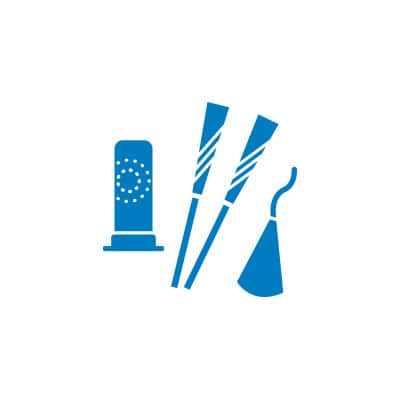
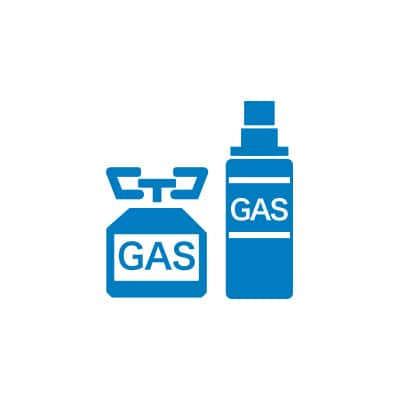
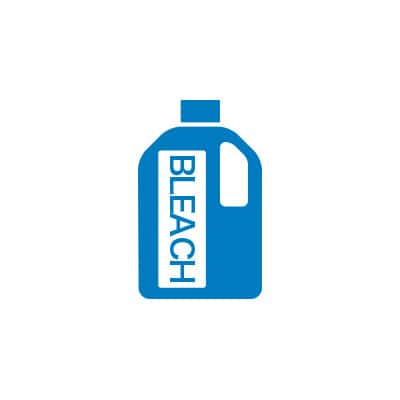
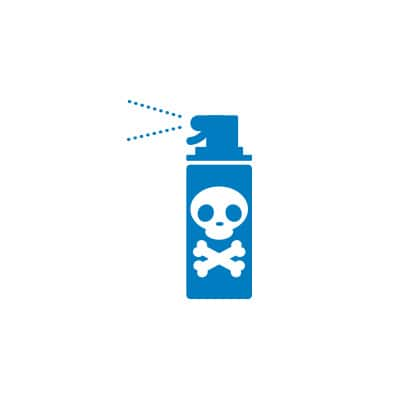
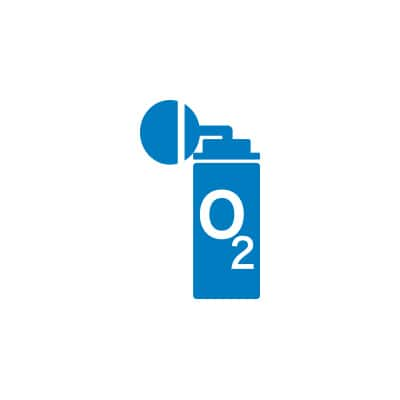
Typical Examples of Dangerous Goods
- Please see here for typical examples of dangerous goods which are not permitted to be checked in or carried on board (Homepage of Japan's Ministry of Land, Infrastructure, Transport and Tourism).

- What can I take on board an aircraft? Which items aren't allowed? (Japanese Government Internet TV)

- Information about Dangerous Goods (PDF format / 0.98 MB)

Oil-filled pocket warmers
Gas Cartridges / Insecticides and Pesticides / Fireworks and Firecrackers
Items With Conditions Attached to Their Carry-on or Check-in (International Flights)
This page contains information on the restrictions in place for all routes. The items listed here can be placed inside carry-on baggage or checked baggage as long as certain conditions are met.











